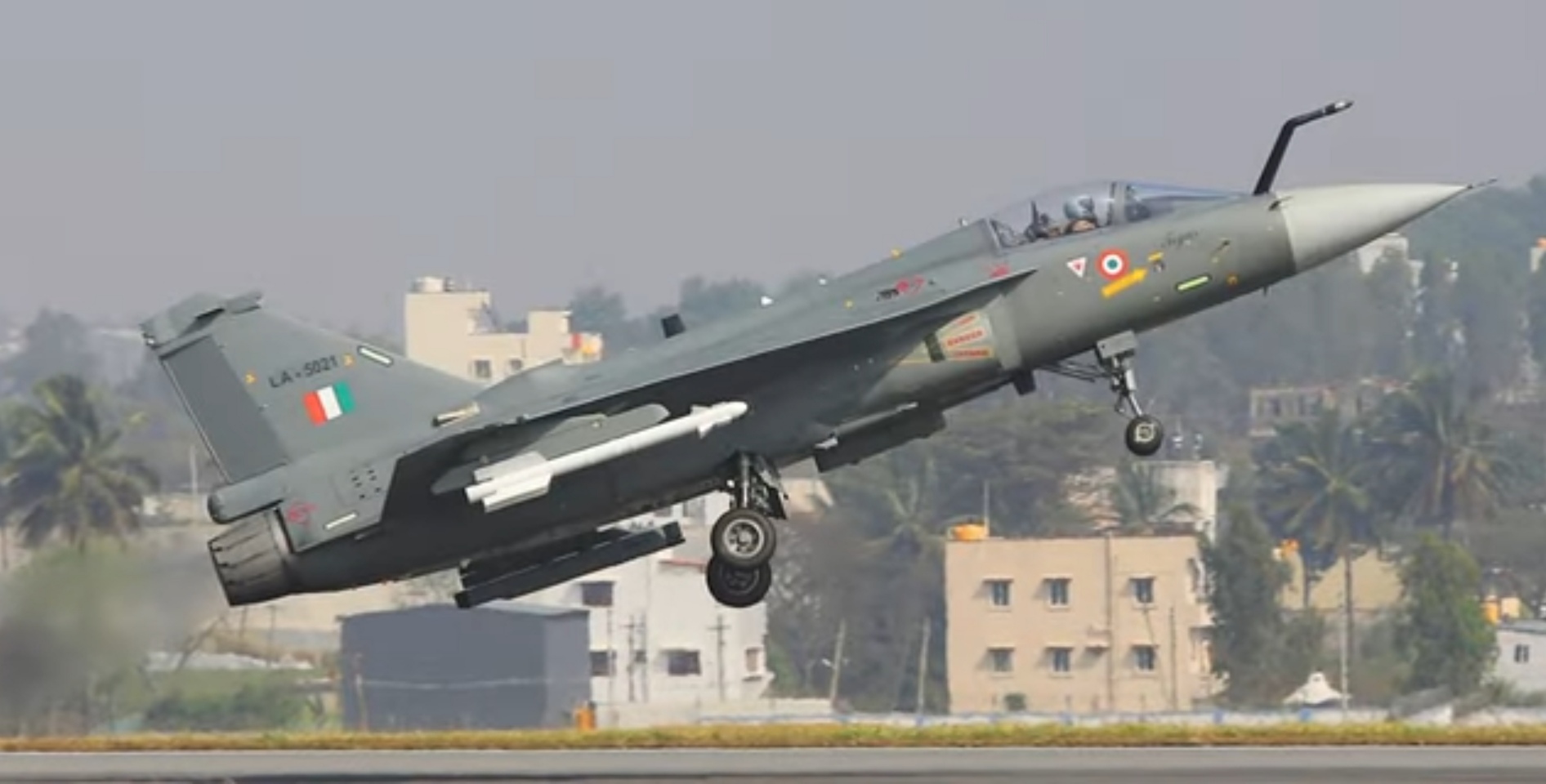India has come a long way in building its own fighter jets like the HAL Tejas, a symbol of the country’s growing defense capabilities. Designed and developed by Hindustan Aeronautics Limited (HAL), the Tejas is a proud achievement for India, marking a significant step toward self-reliance in defense. However, while the aircraft itself is indigenous, one major component still comes from abroad—the engine.
Currently, Tejas uses American-made GE F404 engines, and its more advanced versions may use the GE F414. This foreign dependency for such a critical part has been a key hurdle in India’s mission to build truly indigenous, next-generation fighter jets, like the upcoming 5th-generation AMCA (Advanced Medium Combat Aircraft).
That’s where the Kaveri engine comes into play.
The Kaveri engine project, led by DRDO’s Gas Turbine Research Establishment (GTRE), was originally launched to provide India with its own powerful jet engine. Although it faced setbacks over the years—due to limited funding, technical challenges, and lack of advanced materials—there’s fresh hope now. The Indian government is reviving the project, with possible international collaboration (like with France’s Safran), and more importantly, fresh funding.
The Kaveri engine is now being considered for unmanned combat aircraft (UCAVs) like the upcoming Ghatak drone, and could eventually be upgraded for manned fighters too.
If successful, the Kaveri engine will be a game-changer. It would end India’s dependence on foreign engine makers, reduce costs, and boost the country’s defense exports. More than that, it would mark India’s rise as a global aerospace power—designing, developing, and flying jets powered entirely by homegrown technology.
As India continues its journey toward becoming a self-reliant nation in defense, projects like Tejas and Kaveri are more than engineering feats—they’re powerful symbols of national pride and progress.
The development of the Kaveri engine represents a critical step in India’s pursuit of self-reliance in its defense technology. The project, initiated by DRDO’s Gas Turbine Research Establishment (GTRE), aims to create an indigenous jet engine capable of powering India’s advanced fighter jets, such as the upcoming 5th-generation AMCA. Despite facing numerous challenges—including limited funding, technical issues, and material limitations—the project is now being revitalized with renewed government interest and potential international partnerships, like with France’s Safran.
The Kaveri engine is being designed for various applications, including unmanned combat aircraft (UCAVs), like the upcoming Ghat drone, with plans to enhance it for manned fighter jets in the future. Should the project succeed, it will significantly diminish India’s dependence on foreign engine manufacturers, cut costs, and enhance the country’s defense exports. Moreover, it will symbolize India’s ascent as a leader in aerospace technology, capable of designing, developing, and flying jets using entirely homegrown technology.
As India progresses toward self-reliance in defense, initiatives like Tejas and Kaveri stand as powerful symbols of national pride and technological progress, marking India’s evolution in aerospace engineering.